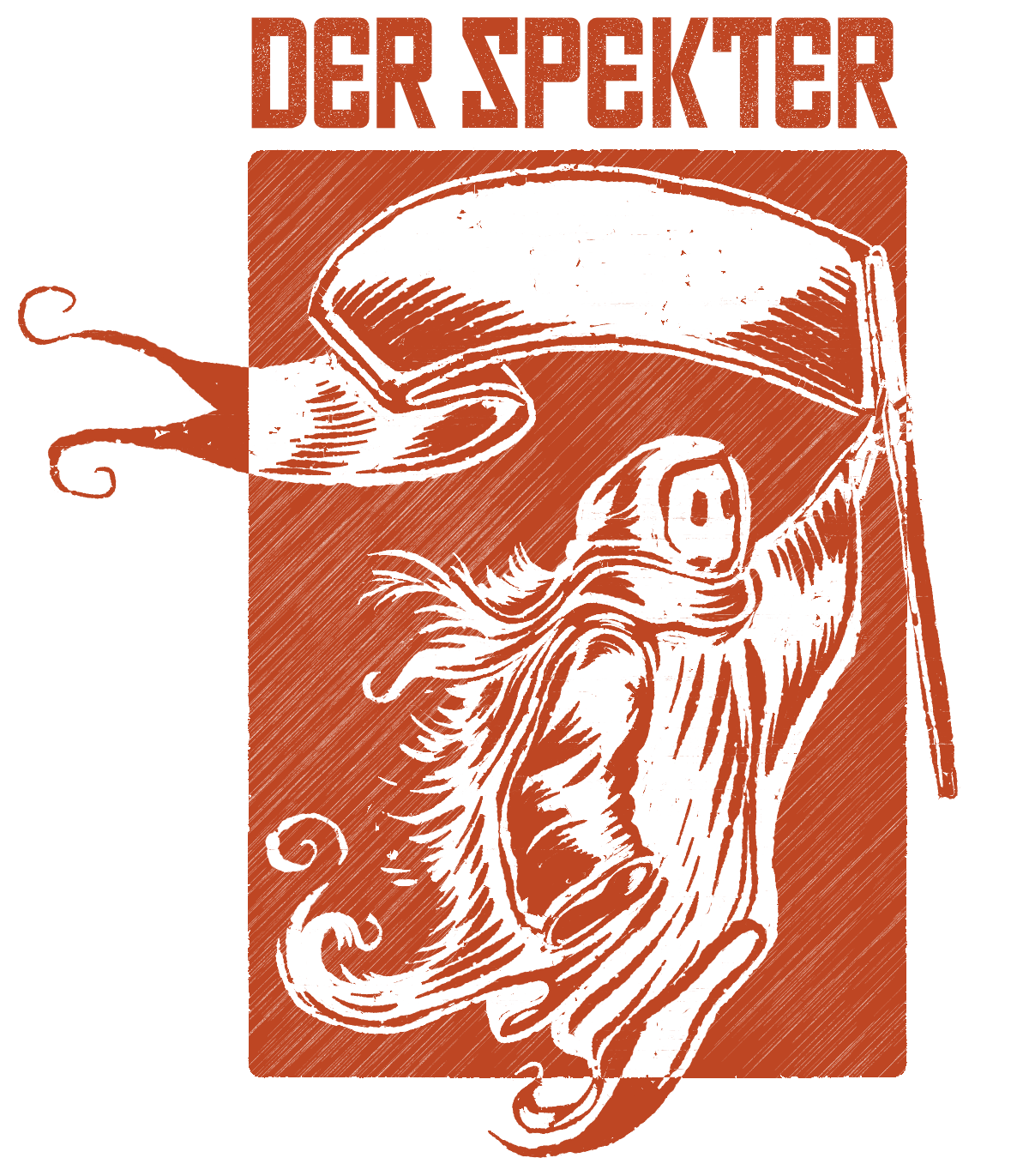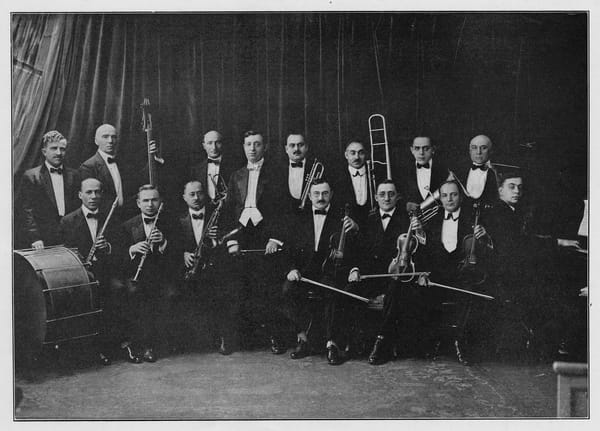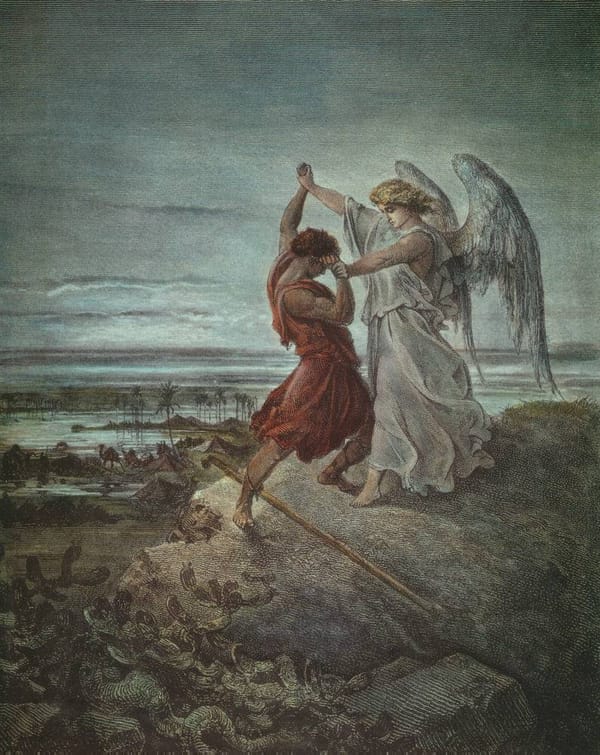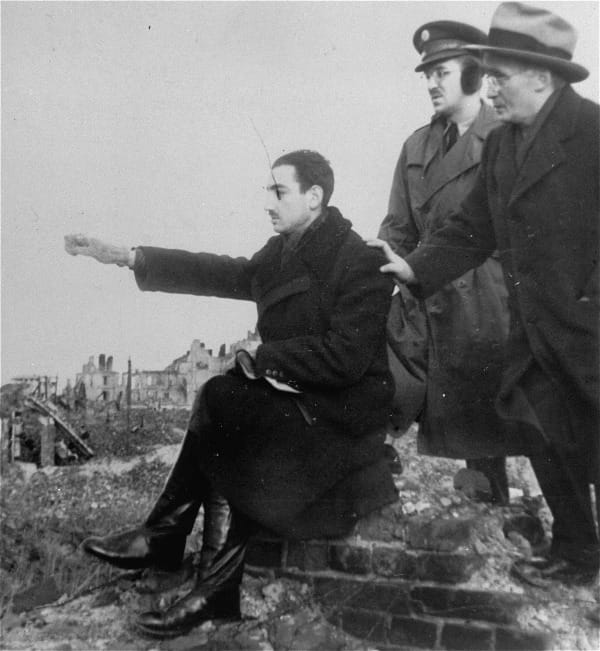Organized Labor and Klezmorim in New York; and a response to “Why the Left Should Embrace Jewish Tradition”
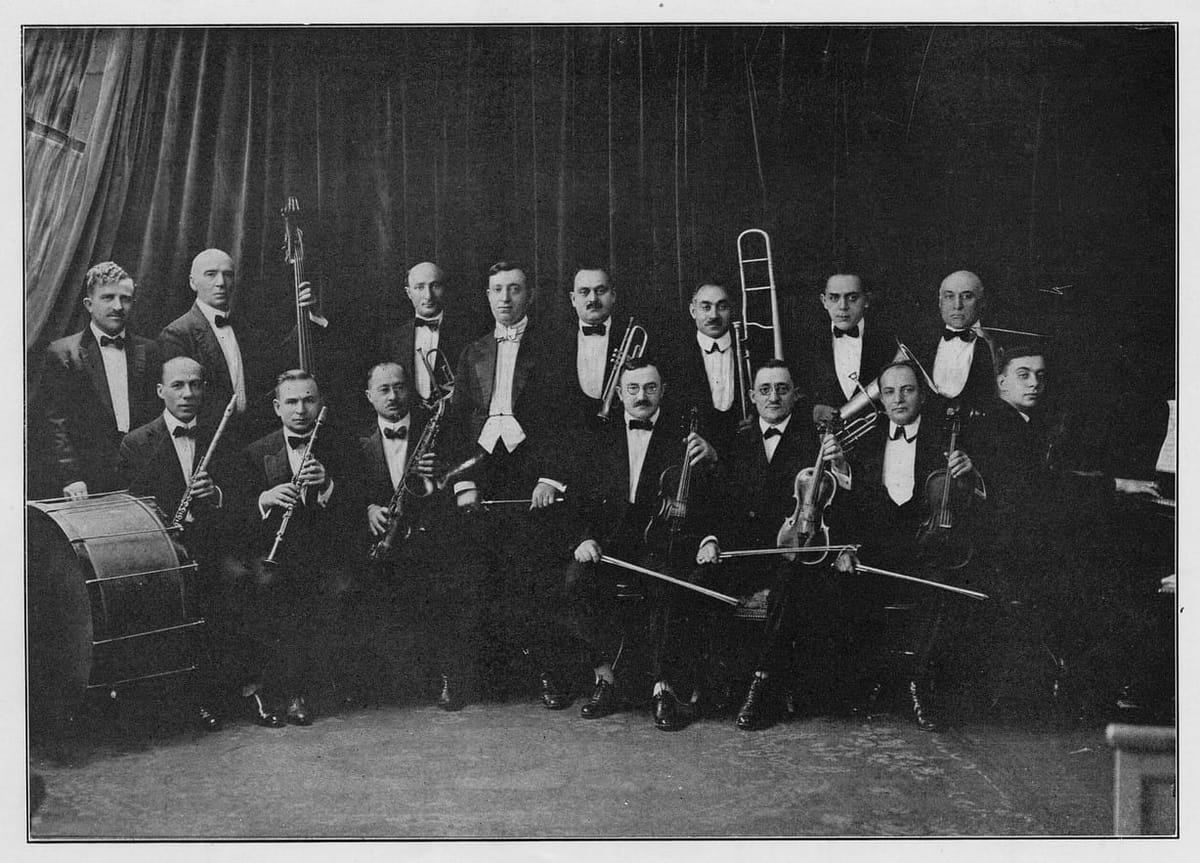
Sholem aleykhem, khaveyrim!
A warm welcome to our new subscribers who found us through Instagram or our recent article by Zohare Jacobi. We're glad you're here and thankful for your support of our efforts to help build new Jewish left outlets and spaces. If you enjoy our work and want to be a part of it, please consider sending us a pitch at spekter@derbund.org (click here for submission details) or making a small donation to support our efforts.
First, library technician and YIVO fellow Daniel Carkner provides a concise and fascinating history of Jewish immigrant klezmer musicians in New York and the role they played in radical labor politics. As Daniel writes, klezmorim "were present at every twist and turn of immigrant Jewish radicalism and labor organizing, from strikes, which would feature huge brass bands playing celebratory music, to union elections, when a march would be played as candidates approached the podium." This piece is best enjoyed alongside the songs embedded throughout the text performed by these very artists.
We also share a response by contributor Lane Silberstein to Jacobi's piece from our last newsletter, Why the Left Should Embrace Jewish Tradition. Silberstein pushes back against an uncritical embrace of religiosity, reminding us of the centrality of religious narratives in justifying militaristic nationalism and the necessity of "ruthless criticism of all that exists" as a means of repairing the world.
The tug of war over Jewish identity and the task of building a vital Jewishness that throws off the nationalist curse are rich topics that are ripe for this moment of post-Zionist Jewish diasporic institution building. We hope Zohare Jacobi's initial piece and Lane Silberstein's response generate further dialogue within our pages from all of you.
Organized Labor, Politics and Klezmer Musician in New York Until the First World War
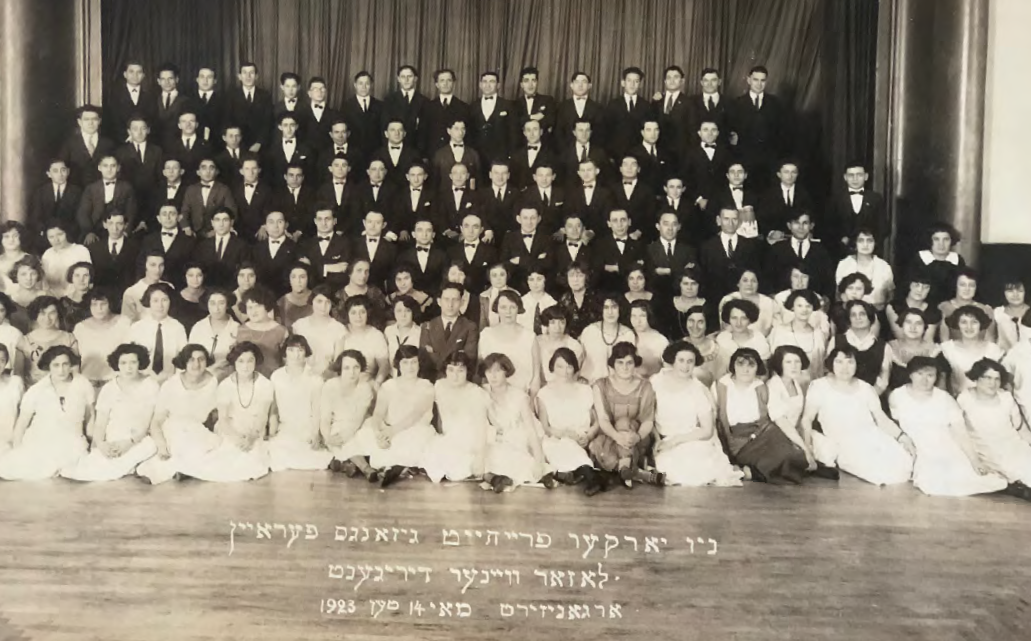
When klezmer musicians began arriving in New York City in the late nineteenth and early twentieth centuries, they experienced a deep culture shock similar to that of many of their fellow Jewish immigrants from Eastern Europe. Although some had worked in cities in Europe, many of them went from being apprentices in family klezmer bands in villages to musicians for hire in a dense urban environment.
Klezmorim were one of the many traditional occupations that came to America with the waves of Jews from Central Europe – among them also rabbis, barbers, silk weavers, and shtetl inn keepers – and had to adjust to urban life. Some of these musicians continued to play Jewish weddings and communal events as they had in their previous lives, while others joined Yiddish theatre orchestras or played in restaurants and vaudeville halls. Some went respectable and joined classical orchestras or military brass bands, while others left the music industry as soon as they could.
These klezmorim also made up a small yet important part of the story of socialist politics and labor organizing in New York City. Like most people in history, few of them wrote anything down about their lives, and they did not receive much attention in the press. But what we do know is that these musicians joined unions and supported political movements. Their music accompanied strikes and marches before and after the turn of the twentieth century and empowered immigrant Jewish workers to feel like human beings again through dance and socialization.
Continue reading at Der Spekter.org.
Plowshares into Swords: Religion, War, and Jewish Secularism

On March 20, 2003, the day after the invasion of Iraq, the secretary of defense, Donald Rumsfeld, presented George W. Bush with a top secret briefing. The cover page quoted the book of Isaiah. Every few days Rumsfeld would provide Bush with another briefing on updates in the war emblazoned with yet another Bible quote on the front page; the quotes helped shore up what historians sometimes call the “cultures of war” by imbuing the United States with a purpose in defeating our evil enemies who hate us for our freedom.
During Israel’s war for independence in 1948, a similar approach was taken with propaganda drawn from the Torah. Education officers in the military wanted to make sure Jewish soldiers understood that their obligations during peacetime were wholly different than during war, when killing became a necessity. Pamphlets circulated among some of the troops spread rumors that the Arabs, identified as descendants of Ishmael, had abused the fallen bodies of Jewish soldiers; other material contained biblical exegesis to spur the men on:
In peacetime we say, “Whoever sheds the blood of man, by man shall his blood be shed” [Genesis 9:6]. And in a time of war “the more [killing] the merrier [Hebrew: kol hamarbeh harei zeh meshubaḥ].” And it is said, “Thine eye shall not pity him” [Deuteronomy 19:13].
In 1967, the image of Israeli tanks storming across the Sinai desert during the Six Day War became inspiration for the “mitzvah tanks” that Rebbe Schneersohn of Chabad would deploy on the streets of New York and Los Angeles to proselytize to young Jews across America, waging a spiritual war against secularism and the lack of mitzves undertaken by non-Orthodox Jews. This was an example of the culture of war moving in the opposite direction, with war serving as an influence on religious practice.
